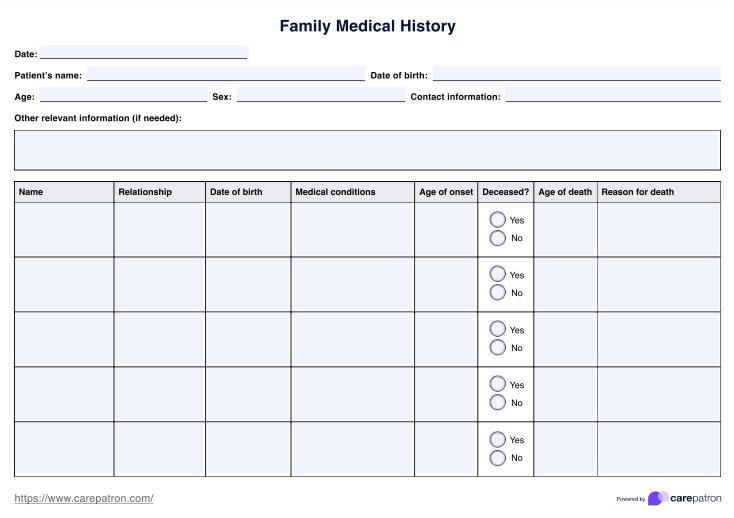The Speed's Test was developed by Spencer Speed in the 1960s. Speed is said to have developed the test based on the pain he felt in his shoulder while performing a straight leg raise test on a patient with an outstretched arm.

Speed’s Test
Explore how the Speed's Test works. Download a free PDF template to use to assess your patients bicep pathology.
Use Template
Speed’s Test Template
Commonly asked questions
Given that simple and easy instructions, a Speed's Test with the arm in both supinated and pronated positions should take a total of 1 to 5 minutes.
Yes, if a shoulder injury is present. Detecting whether the patient feels pain during the test is a key indicator of potential shoulder issues such as SLAP lesions or biceps tendonitis. Healthcare professionals should exert a moderate amount of resistance during this test so as not to aggravate the problem.
EHR and practice management software
Get started for free
*No credit card required
Free
$0/usd
Unlimited clients
Telehealth
1GB of storage
Client portal text
Automated billing and online payments











